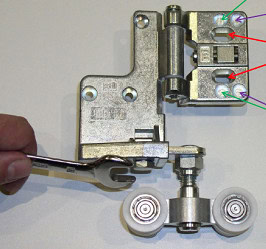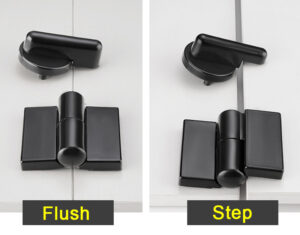As an industry professional, you know that doors are an essential component of any building structure. However, at times, they need to be removed for maintenance, repair, or replacement. Proper removal and reinstallation of a door are crucial to ensure the safety of the workers and the longevity of the equipment. This guide will take you through the steps required to take a door off its hinges, and also provide you with tips on how to maintain and reinstall the door properly.
It is important to note that improper removal of a door can cause a variety of risks such as injury to workers, damage to equipment, or even structural damage to the building. Therefore, it is essential to follow the correct procedure when taking a door off its hinges.
Step 1: Gather the Necessary Tools and Equipment
Before you start the removal process, you need to gather the necessary tools and equipment. Some of the essential tools that you will need include a screwdriver, pliers, a hammer, and gloves. When selecting the right tools for the job, it is important to ensure that they are the appropriate size for the hinges and doors you will be working with.
For instance, a small screwdriver may not be suitable for large industrial doors, and vice versa. Using the wrong tools can result in damage to the door, hinge, or even the building structure. Therefore, it is important to select the right tools for the job.
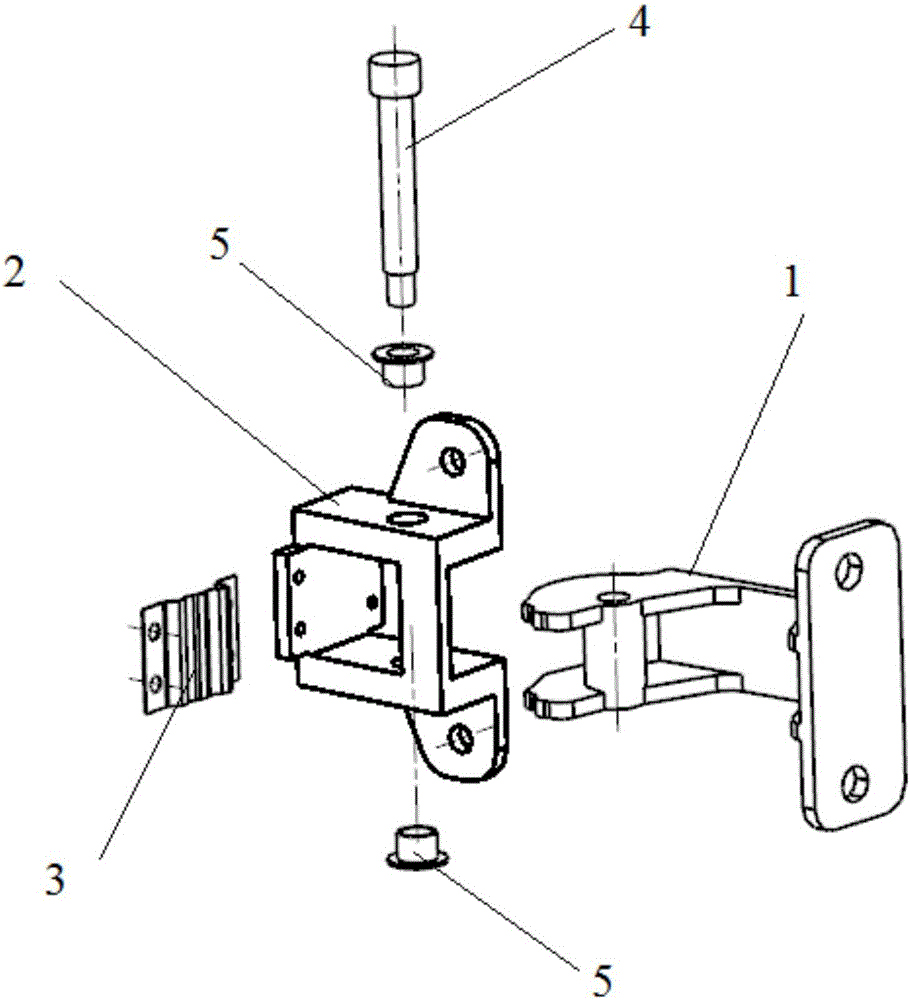
Step 2: Identify the Type of Hinges
There are different types of hinges used in industrial settings, including butt hinges and continuous hinges. Butt hinges are commonly used on doors and cabinets, while continuous hinges are used on heavy doors such as those found in warehouses and industrial buildings.
Identifying the type of hinge used on the door is crucial because it will help you determine the appropriate method for removing it. For instance, removing the hinge pins on a butt hinge is different from removing the pins on a continuous hinge. Therefore, it is important to identify the type of hinge before starting the removal process.
Step 3: Remove the Hinge Pins
Once you have identified the type of hinge, the next step is to remove the hinge pins. This is a critical step in the door removal process, and it requires a certain level of expertise. You can use a screwdriver or a hammer to tap the pins out of the hinges.
If the hinge pins are stubborn or rusted, you can apply lubricant to loosen them before attempting to remove them. It is essential to take caution when removing the hinge pins as they can be sharp and cause injury.
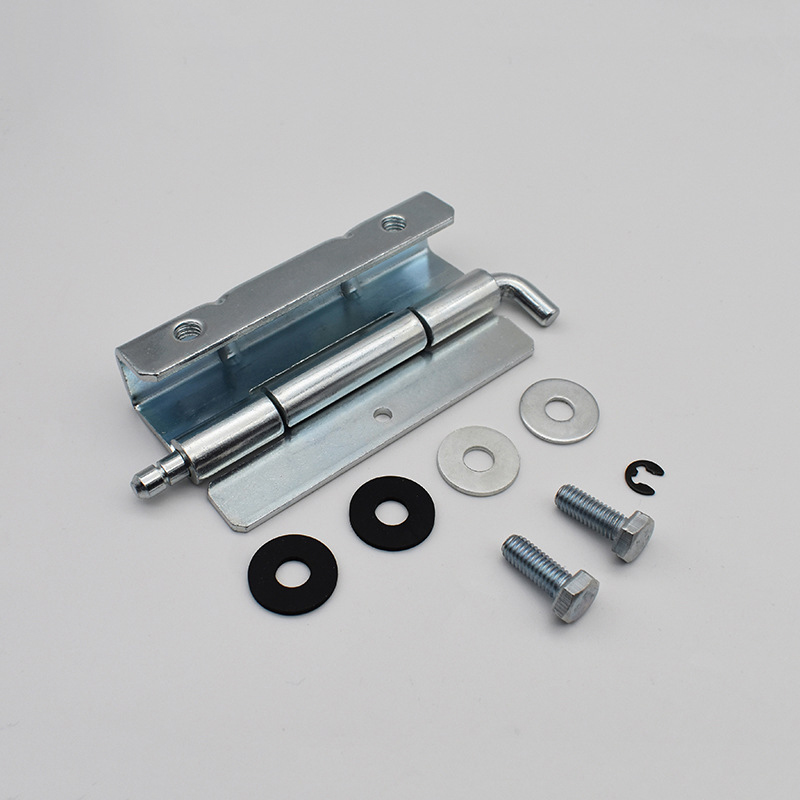
Step 4: Remove the Door from the Frame
After removing the hinge pins, the next step is to remove the door from the frame. You can do this by lifting the door off the hinges and placing it on a flat surface. However, this step can be challenging, especially if the door is heavy or oversized.
To remove heavy doors, you may require the assistance of another person or use specialized equipment. It is important to ensure that the door is stable and secure during the removal process to prevent it from falling and causing injury or damage.
Step 5: Reinstalling the Door
Once you have completed the maintenance or repair work, you need to reinstall the door. Reinstallation requires you to align the hinges and replace the hinge pins. It is crucial to ensure that the door is level and functions properly after reinstallation.
If the door is not level or does not function properly, it can cause safety hazards or even damage to the building structure. Therefore, it is essential to take the time to align the hinges and ensure that the door is level before replacing the hinge pins.
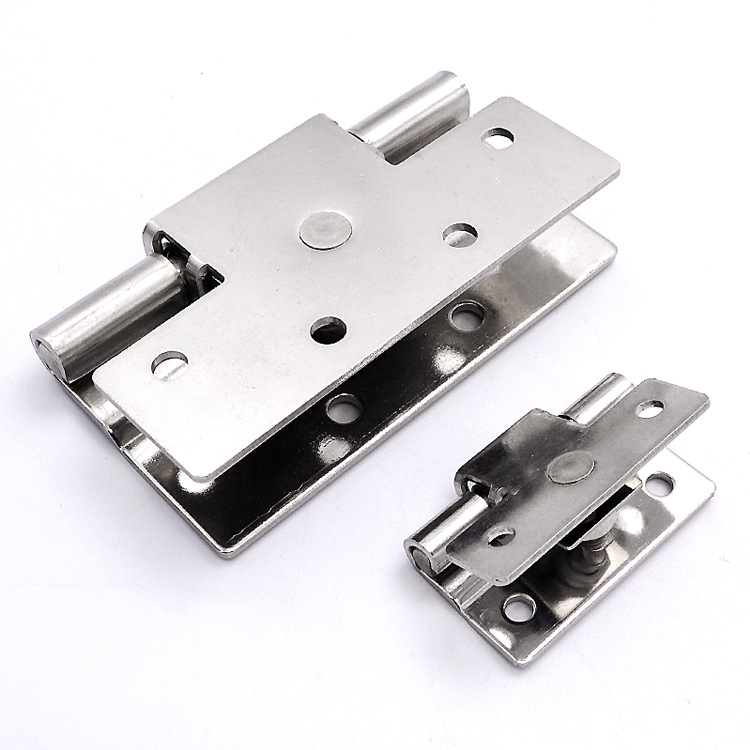
Step 6: Maintenance and Safety Tips
Proper maintenance of hinges and doors is crucial to prevent future issues and ensure the longevity of your equipment. Here are some best practices to follow:
1. Regularly inspect hinges for signs of wear and tear, such as rust or cracks, and replace them as needed.
2. Lubricate hinges periodically with a silicone or graphite spray to ensure smooth operation.
3. Check the screws on the hinges and door frame to ensure they are tight and not coming loose.
4. Clean hinges and door frames regularly to prevent the buildup of dirt and debris that can cause damage over time.
When removing a door, it’s important to follow safety guidelines to avoid any accidents or injuries. Here are some safety tips to keep in mind:
1. Always wear appropriate personal protective equipment (PPE), such as gloves and safety glasses.
2. Use caution when handling heavy doors to avoid back or other injuries.
3. Have a second person assist you when removing heavy or oversized doors.
4. Make sure the area around the door is clear of any obstacles or hazards.
Conclusion
Proper door removal and reinstallation is an essential parts of industrial maintenance and repair. By following the steps outlined in this guide, you can safely and efficiently remove doors for maintenance or repair purposes. Remember to gather the necessary tools and equipment, identify the type of hinges, remove the hinge pins, and remove the door from the frame. Then, carefully reinstall the door and follow maintenance and safety tips to prevent future issues. With these tips in mind, you can successfully complete your door removal and reinstallation project.

